Data Trends 2025: LGBTQ+ Care





Reviewed by:
Aliya R. Webermann, PhD, Staff Psychologist, Department of Psychology Service, VA Connecticut Healthcare System, West Haven, Connecticut; Associate Research Scientist, Department of Psychiatry, Yale School of Medicine, New Haven, Connecticut. Aliya R. Webermann, PhD, has disclosed no relevant financial relationships.





In 2018, among 1.33 million active-duty service members, 6.3% (approximately 83,800) identified as LGBTQ+.1 LGBTQ+ service members and veterans report facing disparities, including discrimination, harassment, minority stress, and military sexual trauma.2 Studies have shown they are more likely to be diagnosed with PTSD and mood, anxiety, and substance use disorders.3 Within the VHA, LGBTQ+ veterans report barriers like lack of provider awareness, harassment, stigma, and negative reactions.2
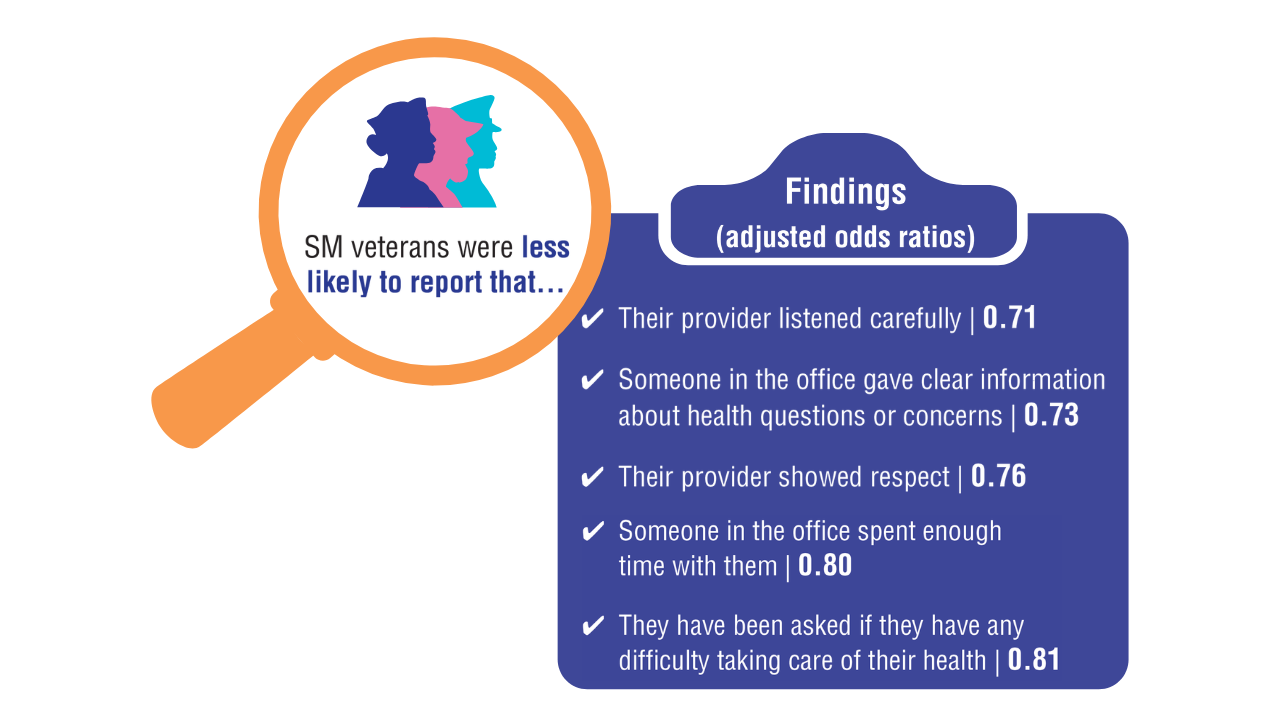 LGBTQ+ Veteran Disparities in VHA Care4,5
LGBTQ+ Veteran Disparities in VHA Care4,5
Sexual minority (SM; n = 1935) and heterosexual (n = 64,413) veterans were interviewed about the care they received through VHA primary care services, focusing on healthcare experiences and health-related screenings.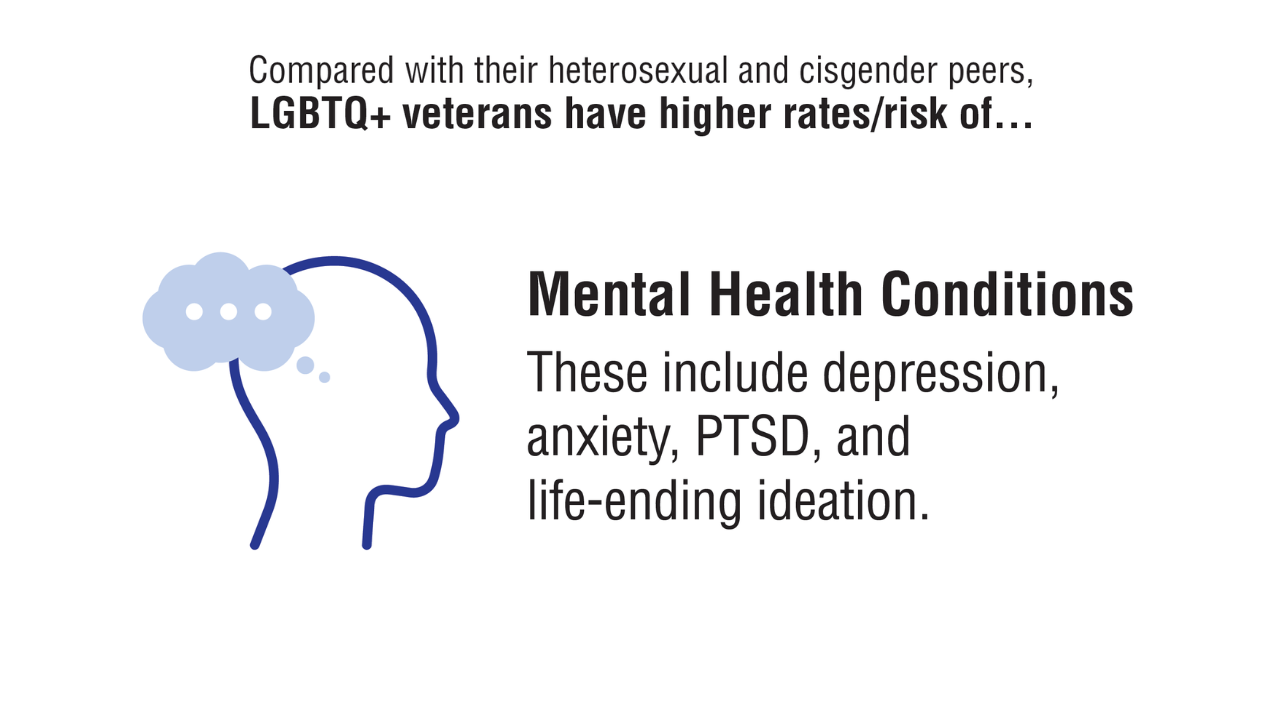 Higher Heath Risks and Care Barriers2,6-8
Higher Heath Risks and Care Barriers2,6-8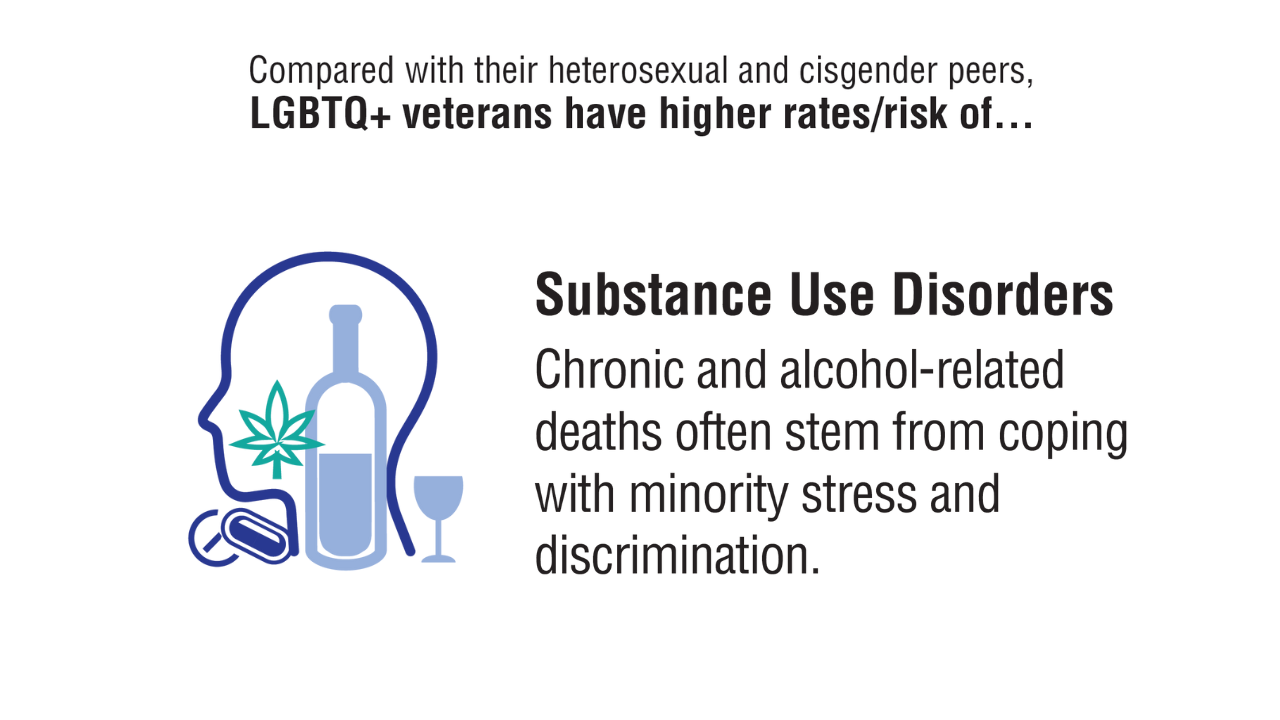 Improving Hypertension in the VHA2,3,5
Improving Hypertension in the VHA2,3,5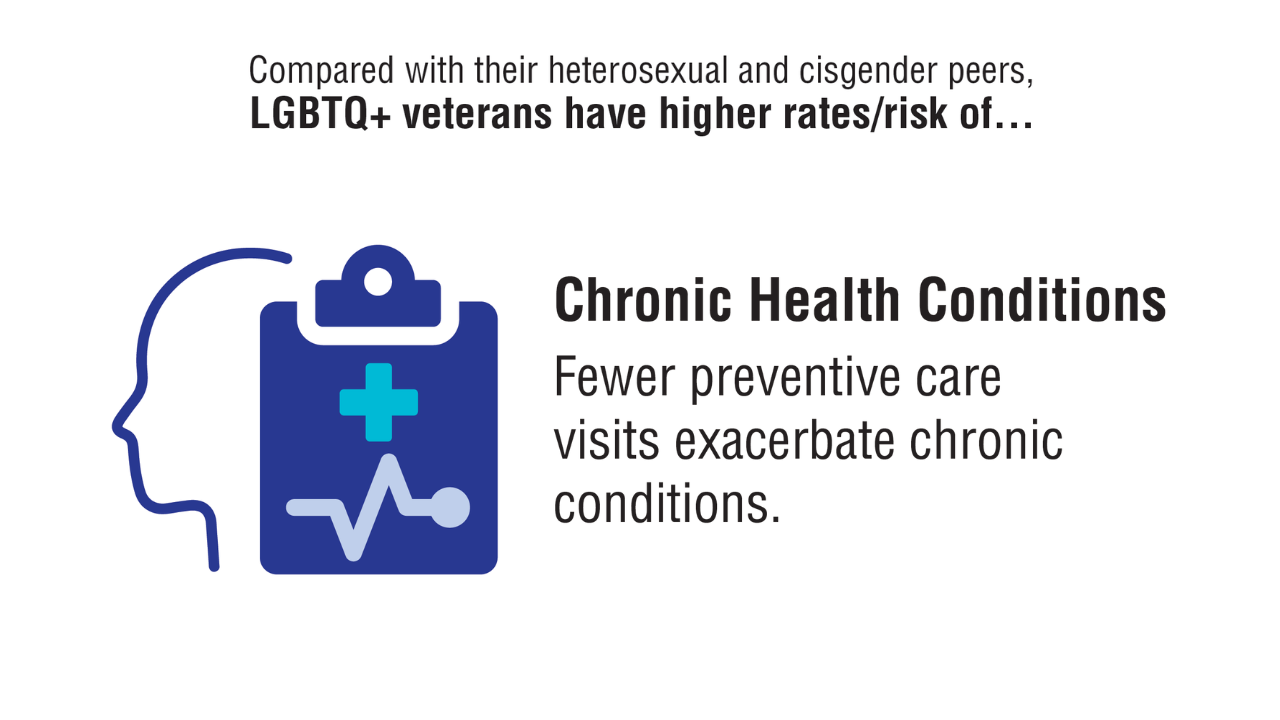 Higher Health Risks and Care Barriers2,6-8
Higher Health Risks and Care Barriers2,6-8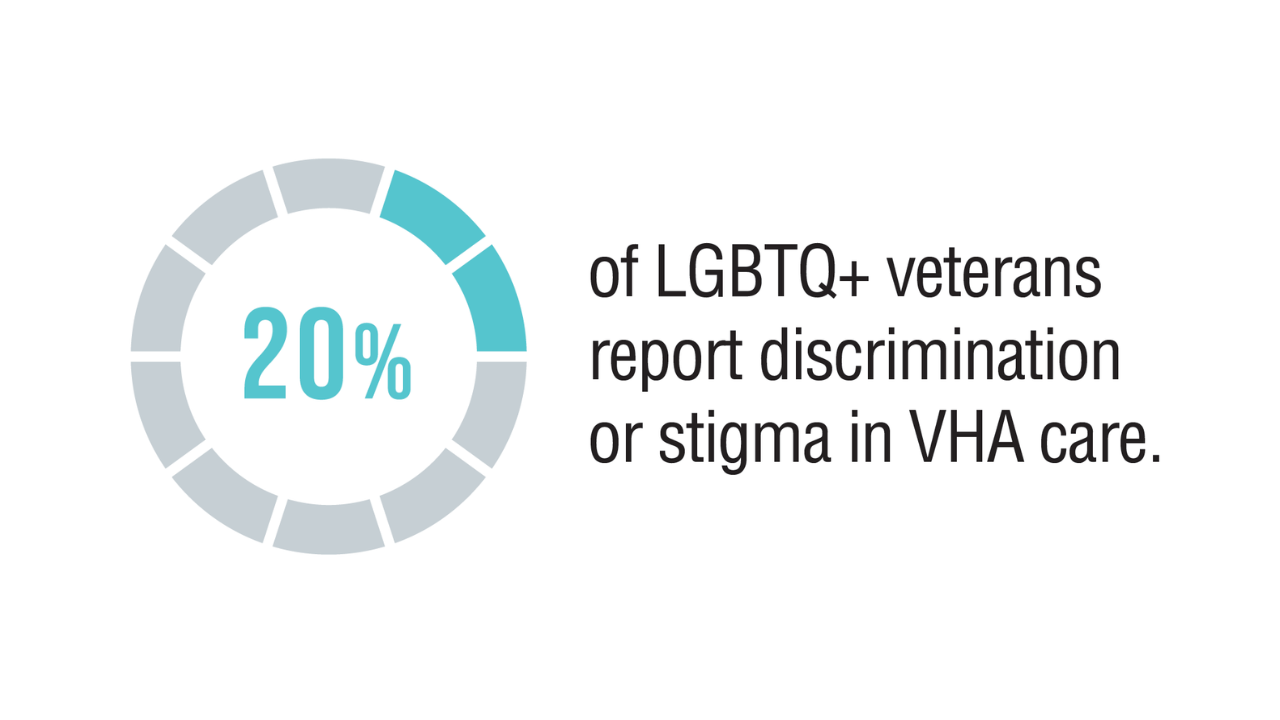 Higher Health Risks and Care Barriers2,6-8
Higher Health Risks and Care Barriers2,6-8 LGBTQ+ Veteran Disparities in VHA Care4,5
LGBTQ+ Veteran Disparities in VHA Care4,5
Sexual minority (SM; n = 1935) and heterosexual (n = 64,413) veterans were interviewed about the care they received through VHA primary care services, focusing on healthcare experiences and health-related screenings. Higher Heath Risks and Care Barriers2,6-8
Higher Heath Risks and Care Barriers2,6-8 Improving Hypertension in the VHA2,3,5
Improving Hypertension in the VHA2,3,5 Higher Health Risks and Care Barriers2,6-8
Higher Health Risks and Care Barriers2,6-8 Higher Health Risks and Care Barriers2,6-8
Higher Health Risks and Care Barriers2,6-8 LGBTQ+ Veteran Disparities in VHA Care4,5
LGBTQ+ Veteran Disparities in VHA Care4,5
Sexual minority (SM; n = 1935) and heterosexual (n = 64,413) veterans were interviewed about the care they received through VHA primary care services, focusing on healthcare experiences and health-related screenings. Higher Heath Risks and Care Barriers2,6-8
Higher Heath Risks and Care Barriers2,6-8 Improving Hypertension in the VHA2,3,5
Improving Hypertension in the VHA2,3,5 Higher Health Risks and Care Barriers2,6-8
Higher Health Risks and Care Barriers2,6-8 Higher Health Risks and Care Barriers2,6-8Item 1 of 5
Higher Health Risks and Care Barriers2,6-8Item 1 of 5Click here to view more from Federal Health Care Data Trends 2025.
,false×ADVERTISEMENTADVERTISEMENT
